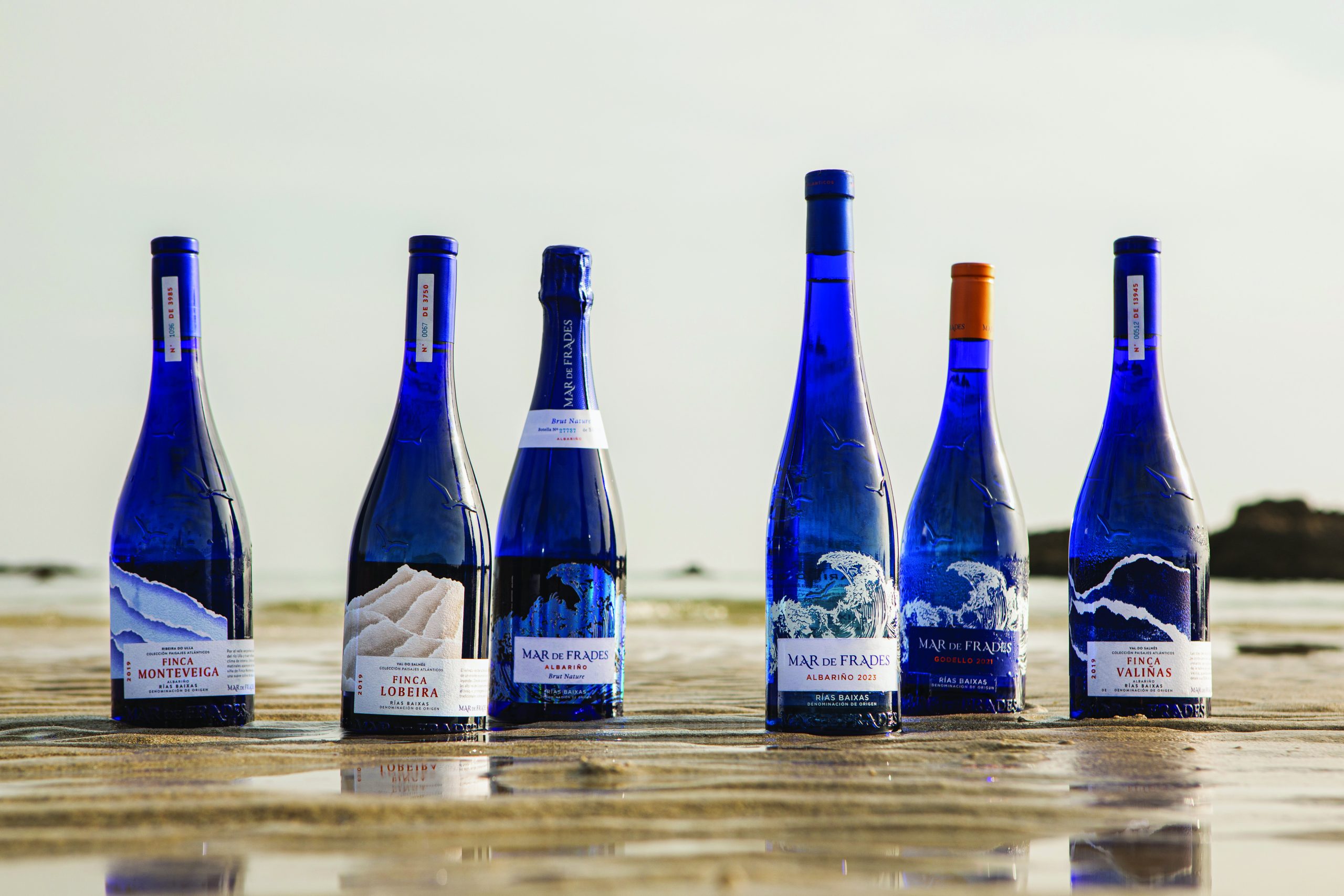Gonzalez Byass the ‘Silicon Valley’ of Sherry
Sherry must focus on producing terroir-specific wines and diversify its offering away from the mass market if it is to be viewed as a fine wine, believes one MW.
Referring to its innovative approach to Sherry and part in driving a “Sherry revolution”, Pedro Ballesteros MW described Gonzalez Byass as the “Silicon Valley” of the category.
Hosting a tasting of wines dating back over 100 years at the producer’s third Sherrymaster by Tio Pepe in Jerez, Ballesteros outlined a three-pronged approach to developing the Sherry category and shaping its future evolution.
He believes this should include a move away from the mass market and toward small batch wines, focusing on older Sherries and honing in on the qualities possible by producing wines from specific areas of the vineyard.
He stated his belief that Sherry was in the midst of a “revolution”, but that producers were yet to take full advantage of their wines’ ageing potential and micro terroirs.
“The most interesting way in the long term will be to work in the vineyards”, explained Ballesteros on how the region might move forward. “Because of the mass market and the concentration of distribution, the information that exists in Sherry and the intimate knowledge of specific terroirs has not been lost, but frozen. We should do everything we can to recover this because the real quality of Sherry is in the terroir”, he added, alluding to the further development of single vineyard Sherries.
“Now, the revolution is here, with what Antonio [Flores, master distiller at Gonzalez Byass] is doing here. This is the Silicon Valley of Sherry, they are trying to do things that are crazy but are worth it.”
Gonzalez Byass already produces a Palmas collection, (aged finos in which the flor yeast has died back allowing the wine to age oxidatively), awarding select casks one, two, three or four “palmas” depending on their quality, which Ballesteros cited as a good example of better selection in the winery.
En Rama releases of Sherries, Fino picked from the best casks and which are taken straight from the cask (not filtered or clarified), are now common across Jerez, however Ballesteros said he would one day like to see the release of an unfortified Sherry.
“I think this is absolutely necessary”, he enthused. “Sherry has to be identified with a fine wine. We must go to the next level and beyond mass produced Sherries. Gonzalez Byass are doing it in the right way.”
Speaking on the potential of older Sherries, Ballesteros said: “These wines have the potential to age and develop over time and each one is a unique expression of the terroir.”
Among the wines presented at the tasting was a 40-year-old Solera Cuatro Palmas and a 50-year-old Solera Estrellas.
While the mass market will always demand a certain style of Sherry, Ballesteros said there is a market for older wines made up of so-called “freaky people”, referring endearingly to Sherry and wine enthusiasts.
Partner Content
Ballesteros’ comments followed an announcement by Gonzalez Byass that it would be releasing a 1987 vintage Sherry “in about a month”. Only a handful of producers release vintage Sherries, known as Añada Sherries, which are kept separate from the region’s unique solera system and are extremely rare. Antonio Flores, master distiller at Gonzalez Byass, puts aside 200 casks each year for producing such wines, contributing toward a unique collection of vintage Sherries that date back to the 19th century.
Asserting his belief in the potential of longer aged Sherries, Flores admitted that as a whole producers in Jerez have “a habit of keeping old wines in the Bodega and in the Solera”.
“We should get used to bottling these wines so they keep in condition instead of keeping them in cask where they might become undrinkable”, he said.
The last vintage Sherry to be released by Gonzalez Byass was the 1982 in 2011, with stocks of this vintage now completely depleted. Vintage Sherries tend to be released at around 27 to 28 years old as “past 30 years the wood starts to become really noticeable and they are less drinkable”, explained Flores.
During a previous tasting Flores noted: “In the wine world a lot of people think that everything that is old is going to be but but I don’t agree”, “Everything that is old just mean it is old. For old wine all that happens is there is concentration. So it can concentrate the good or bad qualities. To be a good old wine you have to have a good initial product.”
Describing the imminent 1987 vintage, Flores said it was not dissimilar to his all time favourite vintage – the 1978.
“I believe I have found in the 1987 something that’s very similar”, he explained. “The 1978 is still winning, but the 1987 is definitely along those lines. The two vintages in between (1979 and 1982) were really different from the 1978, but the 1987 has taken us back to the character of the 1978.”
While keen to push the boundaries of what Sherry can achieve, Flores is immovable on the need to maintain the unique character and identity of the region.
“We have many unique things; the terroir, Palmas, bodegas and varieties and we have to defend this”, said Flores. “It’s what makes us different. We are not going to start making Chardonnay like the French who have been doing this for years. We are going to stick to what we have and what we know.”
Referring to the need to educate people on the different styles of Sherry available, Flores said: “Sometimes to make it more simple is an error. If Jerez is difficult it means it has a richness and variety. We shouldn’t try to simplify the values that we have”.





Nice to hear Ballesteros being so complimentary about his hosts. Not sure whether his ideas on what sherry should do were what would appeal to him or to the consumer? l have a feeling that the latter is more important.
Rather a nice example of the aphorism that to a man with a hammer everything is a nail.